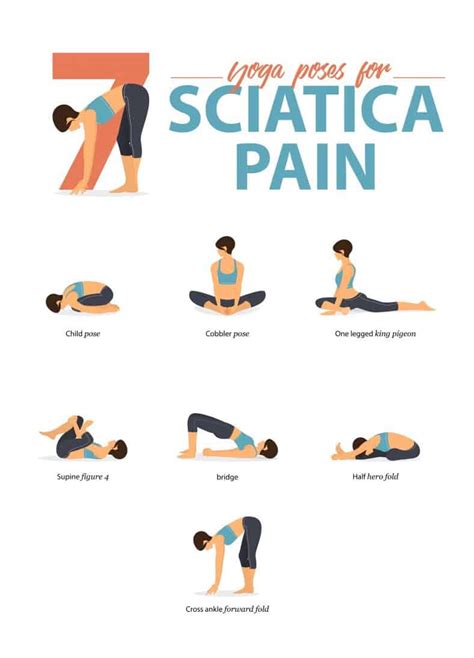How to Sleep with Sciatica: Finding Comfort and Relief
Sciatica, that sharp, shooting pain radiating down your leg, can make even the most comfortable bed feel like a torture chamber. Finding the right sleeping position is crucial for managing sciatica pain and getting a good night's rest. This guide will explore effective sleeping positions and strategies to help you conquer your sciatica and wake up feeling refreshed.
Understanding Sciatica and Sleep
Sciatica isn't a disease itself, but a symptom usually caused by compression of the sciatic nerve, often due to a herniated disc, spinal stenosis, or piriformis syndrome. This compression leads to inflammation and pain, making certain sleeping positions incredibly uncomfortable. The key is to find positions that alleviate pressure on the nerve and promote proper spinal alignment.
Identifying Your Pain Triggers
Before diving into sleeping positions, identify what makes your sciatica worse. Does lying on your side, stomach, or back aggravate your pain? Knowing your triggers will help you choose the most effective sleep strategy.
Best Sleeping Positions for Sciatica Relief
While the "perfect" position varies from person to person, here are some highly recommended options:
1. Sleeping on Your Side (with modifications):
-
The Position: Lie on your side, but crucially, with your knees bent. Place a pillow between your knees to maintain hip alignment and reduce pressure on your lower back. This helps to keep your spine in a neutral position, preventing further nerve compression. Consider placing another pillow under your waist for added support.
-
Which Side? Experiment to see which side feels better. Some people find that sleeping on their less-affected side provides more relief.
2. Sleeping on Your Back (with modifications):
-
The Position: Lie on your back with your knees bent and supported by a pillow. Place a rolled-up towel or small pillow under the curve of your lower back to maintain the natural curvature of your spine (lumbar support). This reduces strain on your sciatic nerve. Avoid flat surfaces that can exacerbate the curve.
-
Important Note: Avoid sleeping flat on your back if it increases your pain.
3. Sleeping on Your Stomach (Generally Discouraged):
- Why it's often avoided: Sleeping on your stomach puts significant pressure on your lower back and can worsen sciatica. It forces your spine into an unnatural position, increasing the chance of nerve irritation. However, if you must sleep on your stomach, try placing a pillow under your hips and pelvis to elevate your lower back slightly.
Additional Tips for Better Sleep with Sciatica
Beyond sleeping position, these strategies can significantly impact your comfort:
Using the Right Mattress:
- Firmness: Opt for a medium-firm mattress. Too soft a mattress will sink into your hips and exacerbate spinal misalignment, while too firm might create pressure points.
- Consider a Mattress Topper: A memory foam or latex topper can provide additional cushioning and support, especially if your current mattress is too firm or too soft.
Employing Heat or Ice:
- Heat: Applying heat to the affected area before bed can help relax the muscles and relieve pain. Use a heating pad or a warm bath.
- Ice: Ice can reduce inflammation. Apply ice packs for short periods (15-20 minutes) throughout the day.
Stretching and Exercises:
Gentle stretching and exercises can significantly improve sciatica. Consult a physical therapist for a personalized program. Simple exercises like gentle leg raises or hamstring stretches can be helpful.
Maintaining a Healthy Lifestyle:
- Weight Management: Extra weight can put added pressure on your lower back, worsening sciatica.
- Diet: A healthy diet rich in anti-inflammatory foods can help reduce inflammation.
When to Seek Professional Help
If your sciatica pain is severe, persistent, or accompanied by other symptoms like bowel or bladder dysfunction, seek immediate medical attention. A doctor can diagnose the underlying cause of your sciatica and recommend appropriate treatment options. Don't suffer in silence; professional help is available.
By implementing these tips and finding the sleeping position that works best for you, you can significantly improve your sleep quality and manage your sciatica pain. Remember, consistency is key; stick to your chosen sleeping positions and strategies for long-term relief.
